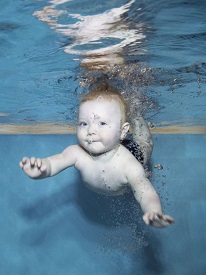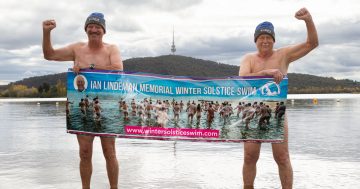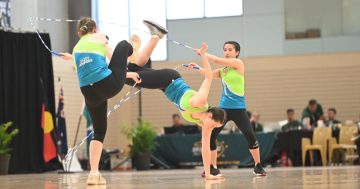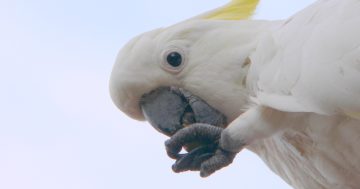Living with a 2 year old can be challenging enough let alone trying to get them to do what you want when you want them too in the allocated 30 minute timeslot that is their swim lesson.
Teaching swimming for 16 years has allowed me to study the characteristics of the different age groups, their progression in swimming and how their physical and mental development can play a part in this.
One of the major changes in your child’s development both in swimming and in life will occur around the age of 2 years. Although if your child has started swimming under the age of 6 months this development stage may occur around 18 months. Babies that begin their aquatic activities at an early age are usually ahead in mental and physical development, we call this the sneak attack and it can catch parents off guard.
When swimming with your 2 or almost 2 year old it is very important that you understand the mental development your child is going through at this stage. Children around this age will start to develop a sense of consequence, they are now starting to understand there is a reaction for every action. Before this age the understanding of a reaction is usually not present and they are quiet happy to jump off things and try activities that can seem daring or crazy (seem to have no fear). Children are only born with 2 fears, the fear of falling and a fear of loud noises all other fears are learnt and usually come into play around the age of 2. Sometimes your child will show their fear by saying or acting like they do not like their swimming.
If your child has hit this stage in their lesson you will notice that they are less willing to try things that may cause harm or they do not have full control over. This is mainly evident when your child goes to jump in from the wall, where they used to do this quiet easily and without prompting they now hesitate and ask for help or even stop, sit to slide in. Another example would be using equipment that makes your child feel unsteady (floatation devises or standing on mats). They may start to refuse to participate or say that they want to do something else other than what is being asked.
During this stage it is extremely important that you do not mistake this behaviour for being ‘naughty’ or defiant. You must always support and never force. To support your child through this phase and ensure they get over it quickly take a few steps back for a couple of weeks. Make the jumps smaller or allow them to sit for a bit to regain their confidence and then move back to standing. During this stage children can also act as if they do not like their swimming any more. Remember that children will cut of their nose to spite their face to push the limits or they may just be frightened and this is the way they are showing you or trying to communicate this to you. Use toys to distract from their brain working over time thinking of what may happen. If they want to get to a toy they will usually give it a go to get there or get the reward.
It is also vital to do what you say you must never ever trick your child into doing something when they are in this stage of development, this can cause a break in trust and will make the phase last for a lot longer. Give your child time to regain the confidence in their own ability and you will find their progression will start to take off once again.
You will know your child has hit this stage when they start to ask for your help doing activities they used to do easily by themselves. Asking for help does not have to be verbal you will be able to tell by their body language and their facial expressions. Sometimes just a light touch or holding of one finger for a while may be all they need. Talk them through what you are going to do to help them and then ensure you do as you say you will for a quick progression back to comfort.
Children this age learn through play so allow them to explore their surroundings and try things on their own. Be there for support but ensure you do not do these things for them if they feel they can achieve it on their own. Try not to argue with your child, remember your lesson is only 30 minutes and it is extremely hard to win a power struggle in that time. Instead compromise ‘if you do this we can do this’ (the 2nd this is usually something they want to do). There is never any issue with using the toys and props to encourage your child to participate and do what you want when you want them to.
It is vital to your child’s learn to swim and progression to becoming safer in and around an aquatic environment that they continue over this phase. Stopping lessons will ensure your child’s fears set in and they do not have a chance to get over them. Upon restarting, your child will usually need to start at a beginner level of swimming. If they continue and manage this stage you will find it will only take a short period before they regain confidence and continue with their progression.

Alena Sarri (manager Aquatots Swim School)
Aquatots is a My Gungahlin Platinum Sponsor www.mygungahlin.com.au/business-directory/aquatots-swim-school-forde


The views and opinions expressed in this post are soley those of the original author. These views and opinions do not necessarily represent those of My Gungahlin.
Do you want to feature on My Gungahlin? We’re looking for new stories from you! Send us a story (300-500 words) with photos about everything from:
- Gungahlin news
- Gungahlin history
- Gungahlin reviews
- Gungahlin sports results
- Your Gungahlin story
And whatever else you think would be relevant. Send your stories to [email protected]and we will let you know when we can publish your story!
My Gungahlin reserves the right to determine suitability. Please contact us to discuss promoting for business.













